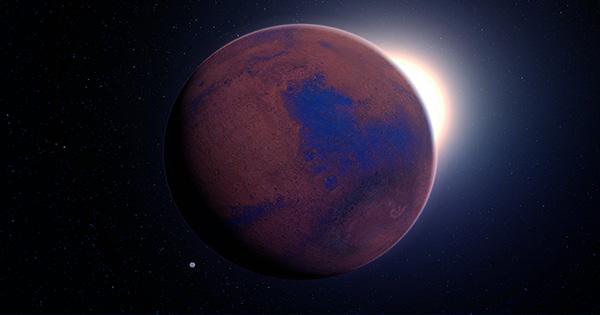USA: Boulder, Colorado Because non-biological processes can produce roughly comparable structures and because such fossils frequently underwent extensive modification and metamorphism, the earliest morphological signs of life on Earth are frequently very contentious. Stromatolites are layered organo-sedimentary structures that reflect the intricate interactions between microbial communities and their environment. They have long been regarded as important macrofossils for the identification of life in ancient sedimentary rocks, but their biological origin has frequently come under fire. The oldest stromatolites on Earth come from the 3.48 billion-year-old Dresser Formation in the Pilbara region of Western Australia. An article published on Friday in the Geological Society of America journal Geology establishes their biological origins using a variety of sophisticated two- and three-dimensional analytical techniques.
Despite the fact that these stromatolites have undergone severe diagenesis and weathering and do not contain any organic materials, a team led by Dr. Keyron Hickman-Lewis of the Natural History Museum, London, has used optical and electron microscopy, elemental geochemistry, Raman spectroscopy, and lab- and synchrotron-based tomography to identify a number of characteristics suggestive of a biological origin.

In addition to completing laboratory tomography of 3D stromatolitic macrostructure, the team was able to use phase contrast imaging using the SYRMEP beamline at the Elettra Synchrotron in Trieste, Italy, to image Precambrian stromatolite microstructures at the first sub-micron pixel and voxel sizes. This made it possible to identify non-uniform layer morphologies, vacuum spaces created by the decomposition of organic matter, and vertical structures that resembled pillars and were thought to be microbial palisades, a common sign of phototrophic development.
Recent weathering has mostly replaced the stromatolites of the Dresser Formation with hematite (iron oxide). This composition is very important for the hunt for life on Mars even if it makes organic geochemical investigations impossible.
Sedimentary rocks on the surface of Mars have undergone a comparable degree of ubiquitous oxidation, and the majority of their upper centimeters to meters are made up of iron oxides. The Dresser Formation stromatolites may be particularly pertinent materials in this regard to teach us about the specific type of biosignature preservation anticipated on Mars. We should look for morphological signs of life similar to those found in the Dresser Formation as the Mars 2020 Perseverance rover continues its study of Jezero crater and get ready for sophisticated multi-technique analyses when Martian materials are eventually brought back to Earth.















